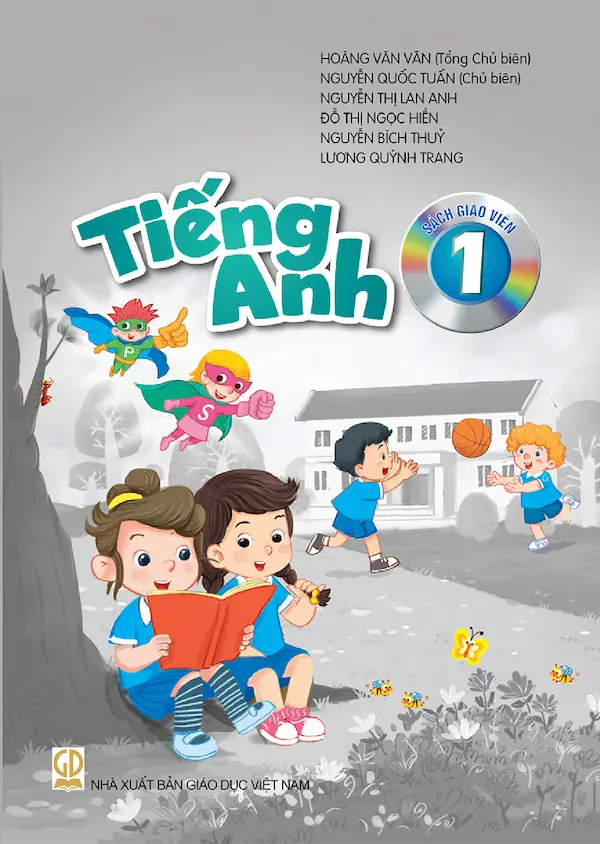
Sách Giáo Viên Tiếng Anh 1
Tác giả: Hoàng Văn Vân
Thể Loại: Tài Liệu Học Tập
INTRODUCTION
Tiếng Anh 1 – Sách học sinh is the first of the two-level English textbook series for Vietnamese primary school pupils. It follows MOET’s (2018) Chương trình làm quen tiếng Anh lớp 1 và lớp 2. The textbook is communication-based and topic-based in design and learner-centred in teaching methodology. Its aim is to acquaint pupils with very basic English language and skills with an emphasis on listening and speaking. It consists of 16 learning units, 4 fun time sections and 4 review units.
1. Unit components
Tiếng Anh 1 – Sách học sinh follows a sequence of presentation, practice and production to develop English at a very basic level through the topic-based and task/activity-based units, the fun time sections and the review units which are richly illustrated to provide pupils with very easy-to-grasp and memorable lessons and an enjoyable experience of learning English.
Each unit consists of three lessons on a topic related to pupils’ interest, need, ability and daily life. Eight activities in each unit are designed to invoke a sense of familiarity and organized to provide training on listening, speaking, reading as well as writing.
Each lesson provides material and practice for one teaching period (equal to thirty to thirty-five minutes). The lessons contain concise and clear instructions for a wide range of activities arranged in a logical progression, helping pupils to develop the ability to interact with each other in English in both its spoken and written forms.
A variety of activities including games, chants, songs and TPR (total physical response) activities, exciting stories, … aim to facilitate the pupils’ ability to reproduce the language in a fun and engaging way.
Tiếng Anh 1 – Sách học sinh also creates a feeling of familiarity through the appearance of
both Vietnamese and English characters, such as Ba, Bill, Ann, etc.
Following is a brief description of how a unit is organized.